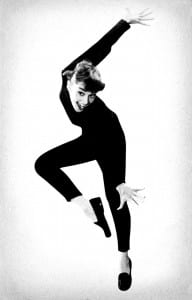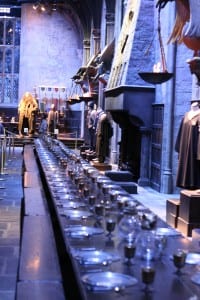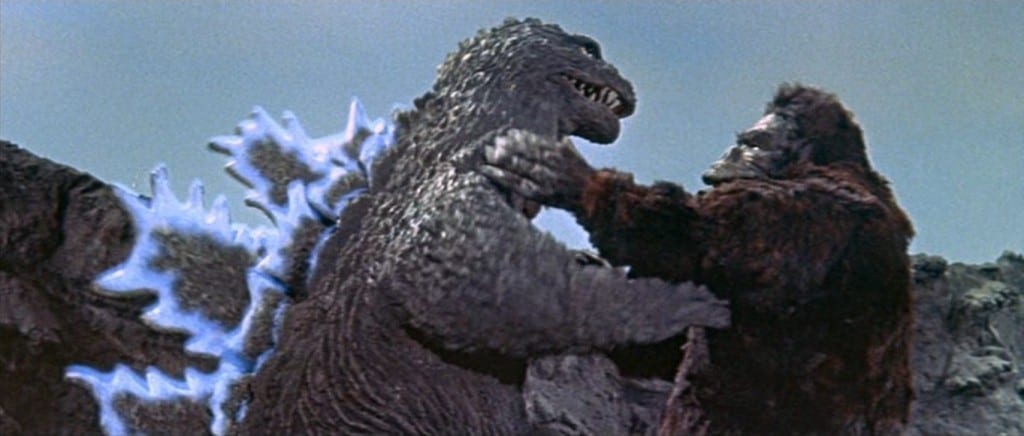Audrey Hepburn has long been a favourite actress of mine; my love of vintage film paired with my adoration of fashion and costume in film makes Hepburn, one of Hollywood’s most glamorous starlets an obvious icon.
Not only a pretty face Hepburn was a humanitarian and an appointed Goodwill Ambassador of UNICEF. She was awarded the Presidential Medal of Freedom for were work with UNNICEF and posthumously awarded the Jean Hersholt Humanitatian Award.
Hepburn is an inspiration for many reasons, but she is remembered by most as an icon of classic film, alongside greats such as Marilyn Monroe and Elizabeth Taylor. Her striking appearance meant that she was adored by designers and in her film career she wore some stunning costume.
Her most infamous piece is by far the original ‘little black dress’ she wore in Breakfast at Tiffany’s as Holly Golightly. The floor length Italian satin sheath gown was designed by Hubert de Givenchy who worked with Hepburn on several films. The dress is gathered at the waist and includes a cut out detail back, interestingly the dress was originally designed shorter but was considered to show too much leg and was the lower half was redesigned by costume designer Edith Head.
Although the dress is undeniably iconic and has been reproduced and reimagined a hundred times over, the accessories are arguably just as infamous. The dress was paired with extravagant jewellery, a glittering tiara and several heavy strings of pearls worn around the neck. Hepburn also wore a long pair of black gloves in which she held an oversized cigarette holder.
The ‘little black dress’ was sold at auction in 2006 for £467,200, several times its estimate. This was the highest price ever paid for a dress in film until Marilyn Monroe’s infamous Seven Year Itch ‘subway dress’ was sold for over $4 million.
I couldn’t discuss Hepburn Hepburn’s on screen wardrobe without mentioning her costume in Funny Face. Hepburn portrays ‘Jo’, a shy book shop clerk, whisked along by fashion editor Maggie Prescott (Kay Thompson) as an amateur model.
Again Hepburn gowns were custom designed by Givenchy, she is quoted as saying “His [Givenchy] are the only clothes in which I am myself”. Givenchy designed several exquisite gowns for the film but two of my favourites are the strapless red chiffon gown that Hepburn wears running down the steps of the Louvre and the beautiful 1950s wedding dress with a boat neckline and huge ballerina skirt. Hepburn wears the wedding dress in a lovely scene with Fred Astaire, where the pair sing He loves and she loves.
Arguably less impressive but probably more Hepburn’s style is the black outfit she wears as Jo, visiting French jazz bars. A simple black turtle neck paired with cropped black trousers have never looked so chic. They perfectly define Hepburn’s sleek gamine figure.











